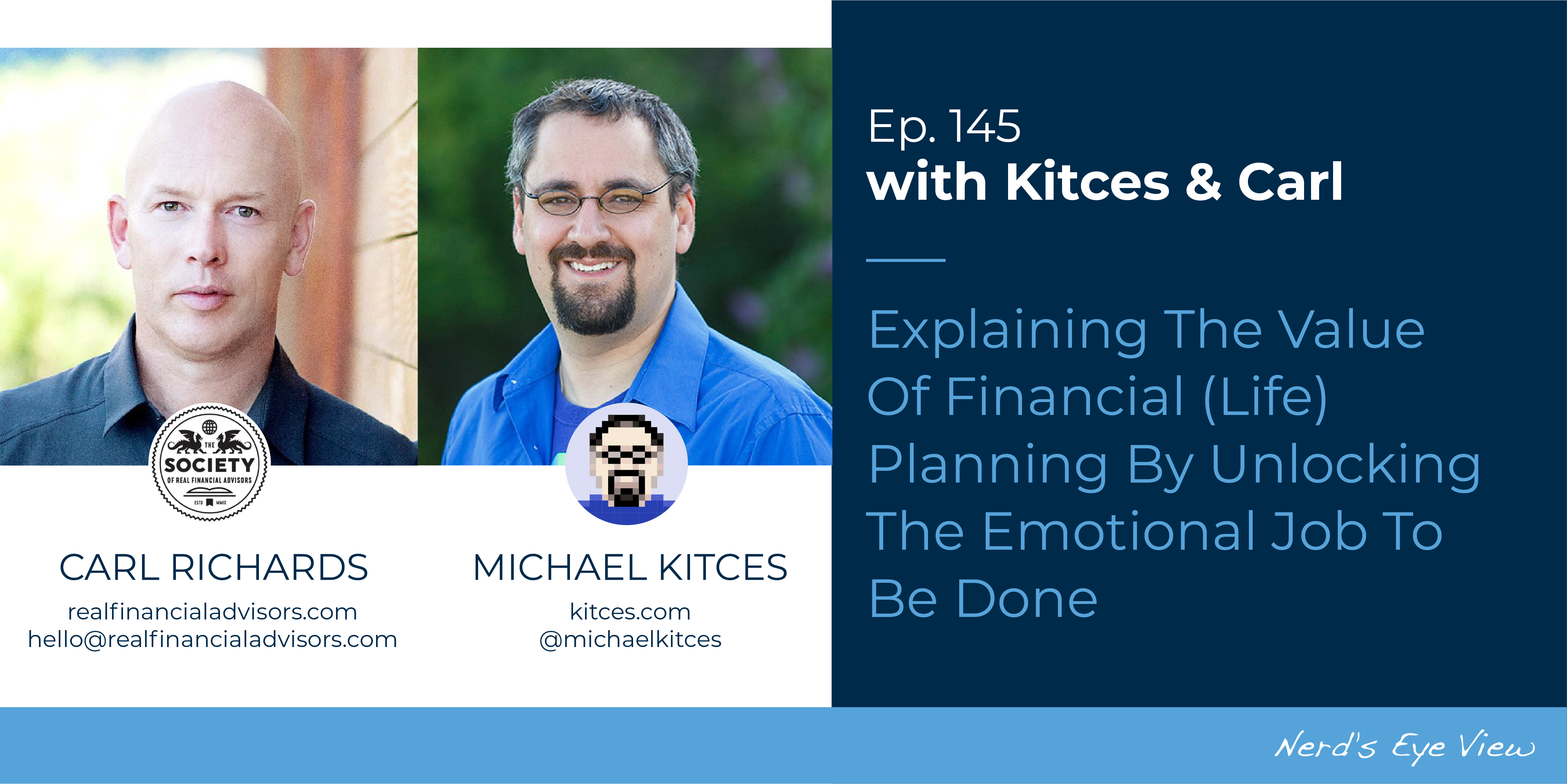As advisory firm websites have become crucial to the prospecting pipeline, displaying fees can present a delicate challenge for advisors. On the one hand, displaying fees can help a client determine whether an advisor will fit into their budget and may build trust when an advisor demonstrates transparency by explaining how their fee applies to their value proposition; on the other hand, even with a clear explanation, prospects may find it difficult to understand exactly how the value of an advicer aligns with their fees. The unique dynamic of presenting fees to clients can be heightened when an advisor offers life planning, which may involve multiple meetings to truly understand the prospect’s situation before the advisor even presents the fee for an in-depth plan. Due to the in-depth nature of this sort of planning, fees may be quite high – so spending several meetings on a prospect who balks at that amount is ‘expensive’, yet presenting that same fee too early may cause clients to balk because they don’t see the fee in context.
In our 145th episode of Kitces and Carl, Michael Kitces and client communication expert Carl Richards discuss how advisors can navigate the lines of presenting fees early in the process to ensure that prospects can afford their plan while still explaining their value and unique planning strategy to engage prospects who fit their specific target client persona.
As a starting point, providing a fee minimum on their website lets advisors communicate the lowest amount that would still be economically viable for them (and explaining that the fee may change based on complexity). This lets advisors give prospects a contextual starting point, which can minimize the risk of ‘sticker shock’ when a fee is presented and ensures that the prospect can (likely) at least afford the advisor’s minimum fee.
Another key to sell life planning effectively is to target prospects who are more likely to seek this type of comprehensive planning in the first place). Advisors can help prospects who may not even recognize life planning as a solution to their financial problem by framing its value in terms of the ’emotional job’ being done – for example, advisors might describe how they help dentists plan for retirement by encouraging them to find purpose beyond their practice and helping them to “unchain themselves from their chair”.
Ultimately, the key point is that while engaging prospects with more holistic financial advice strategies – and their potentially higher fees – can pose a challenge, there are several steps that can provide context for potential clients and communicate the problems being solved. At the same time, advisors may find ways to narrow their niche further to make it even more likely that the clients who engage with them in the first place are the ones who seek the specific financial advice they offer!


